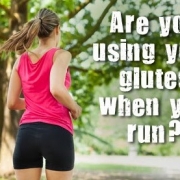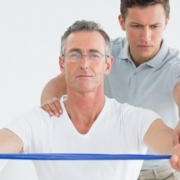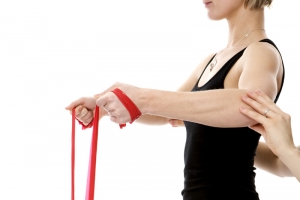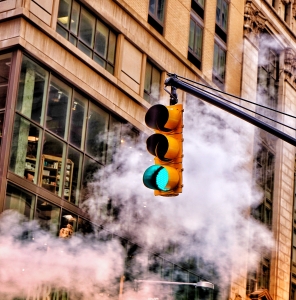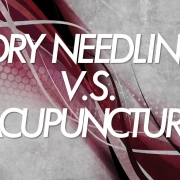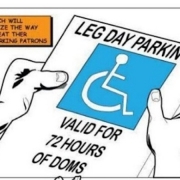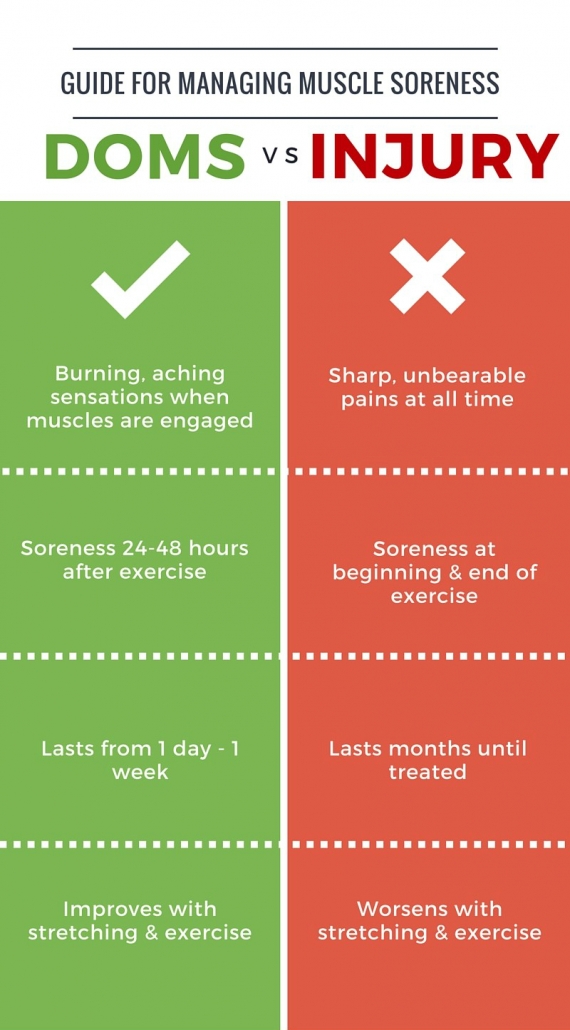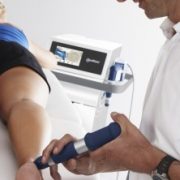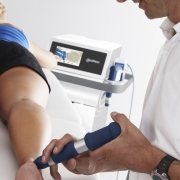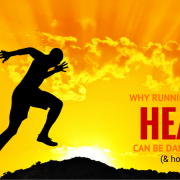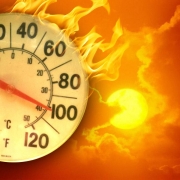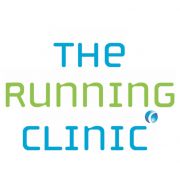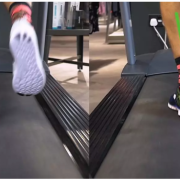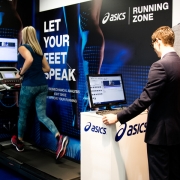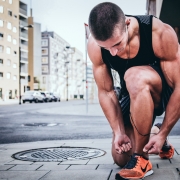What are the Glutes and why are they so important?
The glutes are a group of muscles around the back and side of your hip that make up your backside. They are responsible for creating some hip movements and for controlling your pelvis on your standing leg. There are 3 different glute muscles – glute maximus, glute medius and glute minimus – their names refer to their size.
The main hip movements they are responsible for are taking the leg out behind you, taking the leg out to the side, and turning the leg so the knee points out. They do also have other functional roles and are required for other more complex movements, and their role can vary slightly depending on what position the body is in to start with – but we’ll keep it simple.
Their role means they play a huge part in controlling the alignment of the lower limb when you land on it, and are a main generator of power in propelling you forwards over that leg. This makes them very useful for tasks such as running, jumping, stepping, lunging, squatting and getting up off the floor.
Glute max is the biggest of the group and is most responsible for generating power. It is responsible for strength and speed.
Glute med and Glute min are smaller and deeper muscles, they are designed to fine tune and control movements around the hip and pelvis.
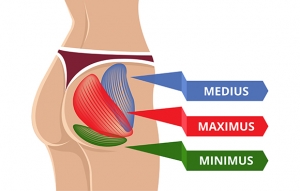 They need to be able to pre-empt your next move and to have good endurance to ensure you can keep good form throughout periods of exercise.
They need to be able to pre-empt your next move and to have good endurance to ensure you can keep good form throughout periods of exercise.
Due to their complex role and to the affect they have on our efficiency and biomechanics the glutes are very often a key area to rehab to offload lower back and knee pain. When the glutes are not strong enough, or are not working optimally, the load that they are not controlling gets shifted to other areas of the body – such as the lower back and knees. Lower back pain and knee pain are the two most common things seen in a physiotherapy clinic and when both are reliant on a decent set of glutes it becomes a very common area addressed in rehab.
A test to try at home – stand in front of the mirror and relax, take a look at your knee caps in the mirror and see which way they point. Now try tensing your butt muscles – what happens to your knee caps? Then what happens when you totally relax your butt muscles?
This can be applied to things like squatting – if your knees roll in towards each other when you squat, try using your butt muscles to pull the knees out into better alignment. The knees should point in the same direction as your feet throughout the squat.
Also, if you lean forwards excessively through a squat movement, or only get a small way down before you feel like you’re going to topple over backwards – your glutes are not working properly.

